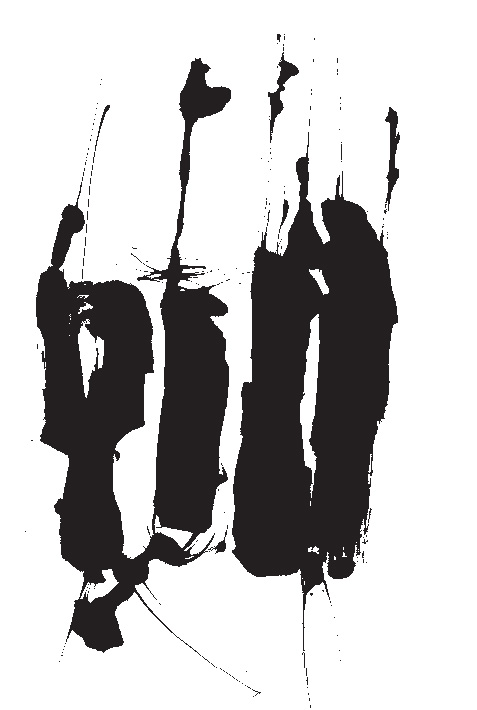My dove in the clefts of the rock, in the hiding places on the mountainside, show me your face, let me hear your voice; for your voice is sweet, and your face is lovely.
—Song of Solomon 2:14
I call them “the fevers,” the waves that surge up my back and arms, break into electric foam at the jetty of my neck when her fingers move at a certain depth inside of me. A momentary influenza of pleasure.
The word frisson, from the French meaning “a shiver or thrill,” was used in a 2014 Frontiers in Psychology paper to describe “transcendent, psychophysiological moment[s] of musical experience.” Other studies have employed the terms “chills,” “thrills” and “skin orgasms” to describe such responses to music, which include both physical and emotional sensations.
In all the studies that I encountered, the element of surprise, or the upset of expectations, seemed integral to a pointed physiological pleasure in music. Notes that stray from the brain’s anticipation, but without disrupting the musicality to become simple noise, reliably produce emotional surges, goose bumps, and electric sensations on the skin—frisson. Common culprits? Rachmaninoff’s “Piano Concerto No. 2” and Adele’s “Someone Like You.”
*
I am not a scientist. Nor am I a musician. I am a writer at an artist residency in the Midwest. I simply want to know if the sounds I make during an orgasm mimic those that elicit frisson, with which I have a rich and varied experience. I am also newly in love, my body sparking with desire. For the first time in some time, I feel that thrum in my limbs, the twist in my center when I think of her. It is a kind of ceaseless frisson, and it feels different. Doesn’t it always? a dubious voice in me retorts. Maybe it’s some hunger to know that finds me so eagerly agreeing when an editor suggests I investigate the musical qualities of the female orgasm. Though as a lifelong music obsessive, I have often observed the similarity between my own frisson, chills, and thrills in response to favorite songs and those elicited by lovers. In many ways, my connection to music has been much more sustaining, my passion for it marked by a more complete abandon than that with any lover. In the heat of a new love affair, I decide to chase out the parallels, and I feel the blend of drive and risk that always sends me hurtling into a piece of work: somehow the idea that I can understand sexual music excites me. I can linger in this love as long as I have lingered in the mist of song.
But what...
You have reached your article limit
Sign up for a digital subscription and continue reading all new issues, plus our entire archives, for just $1.50/month.
Already a subscriber? Sign in





